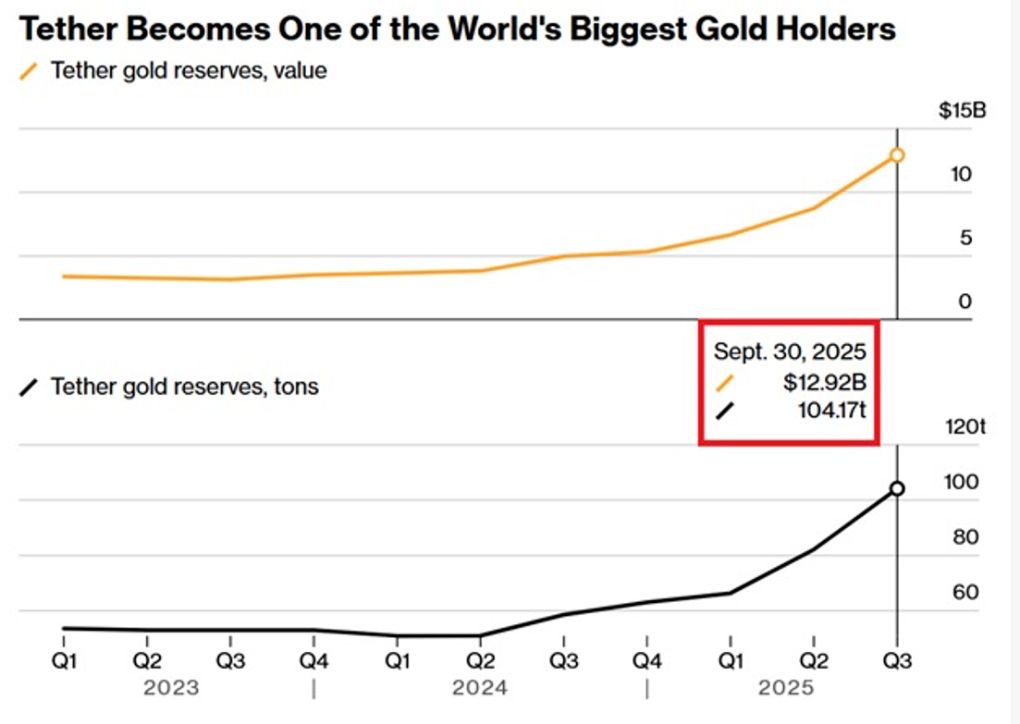Russian Arms Maker Wants Its Own Stablecoin Too—On Tron
Who doesn't want its own stablecoin these days? Well, don't count out the Russian war machine.
Crypto is once again finding use cases in Russia, as state-owned weapons manufacturer Rostec now plans to launch its own stablecoin, dubbed RUBx, Russian state media reports. The digital token will be backed by rubles and available on Tron.
News agency TASS first reported the news, quoting Alexander Nazarov, Rostec's deputy general director, who claimed that the token will be backed one-to-one by rubles.
"Each RUBx is backed by real obligations in rubles," Nazarov told TASS. "This is legally fixed."
The report added that Russia's central bank had approved the project, which will allow companies and individuals to move money around.
Rostec, which is primarily known for its weapons manufacturing—things like aircrafts and defense systems—also makes other things like medical tools and car engines. And now crypto tokens too. Plus, it plans to also launch a payments platform called RT-Pay, using Russia's banking infrastructure, according to TASS.
The company did not immediately respond to Decrypt's request for comment.
Tron is the blockchain behind TRX, the eighth biggest digital coin—with a current market cap of $26.8 billion. The Tron blockchain is popular as a payment network for stablecoins because it allows users to cheaply and quickly send the digital tokens, though usually only in the decentralized finance space, where users connect permissionlessly and without revealing their identities.
Major stablecoins USD Coin and USDT are available on the Tron network, as well as other blockchains such as Ethereum and Solana.
Stablecoins are popular digital tokens that are backed by non-volatile fiat currencies like dollars, euros, or in this case, rubles. Stablecoins backed by gold also exist, though are less common.
The idea is that crypto traders can make quick transactions—like buying Bitcoin and other digital assets—without having to use traditional banking rails. Stablecoins are also popular for payments and sending remittances overseas, because it’s faster and cheaper to send funds with crypto than through banks or wire services.
Stalecoins have recently gone mainstream with major companies like Meta and Amazon, and major banks like Bank of America, all expressing interest in issuing their own tokens. Neobank Revolut also wants in on the action, as Decrypt previously reported. The U.S. state of Wyoming is set to debut its own stablecoin in August. And the list goes on and on.
Experts have previously told Decrypt they expect a mad rush of stablecoins—possibly in the thousands—to enter the market following the passage of friendly legislation in the United States. Why? Stablecoins are big business, and companies like Circle, the issuer behind USDC, rake in billions—more or less passively—by putting the dollars that back their tokens in yield-earning U.S. treasuries.
Russia now appears poised to enter the race—not the country's first foray into crypto. It has recently used crypto to evade U.S. and European sanctions imposed after the country's invasion of Ukraine. Crypto mining became legal in the nation last year too.
President Vladimir Putin has also spoken about Bitcoin: In a public forum last year, he questioned who could possibly stop Bitcoin and other electronic payment systems. The answer? "Nobody," he said.
Disclaimer: The content of this article solely reflects the author's opinion and does not represent the platform in any capacity. This article is not intended to serve as a reference for making investment decisions.
You may also like
Coinpedia Digest: This Week’s Crypto News Highlights | 29th November, 2025
QNT Price Breaks Falling Wedge: Can the Bullish Structure Push Toward $150?

Digital dollar hoards gold, Tether's vault is astonishing!

The Crypto Bloodbath Stalls: Is a Bottom In?

